How TikTok inspired a $350K Mercedes-Benz EQS road trip – fast charging and all
It is a truly awful thing to feel not only intimidated but completely beaten, belittled, unmanned. Standing there, with this huge, heavy black thing filling my hand and weighing down my arm, I knew it straight away; this is a lot better than what I’ve got.
Truly, plugging in a DC super-duper fast charger is analogous to listening to music only through a Sony Walkman for years and then sliding into a Mark Levinson-equipped luxury car and turning it up to 11.
My home charger was a thing of wonder and techo-fabulousness when I first got it – capable of charging up an EV in, ohh, barely a day. An afternoon, even, if it’s summer. Near the North Pole.
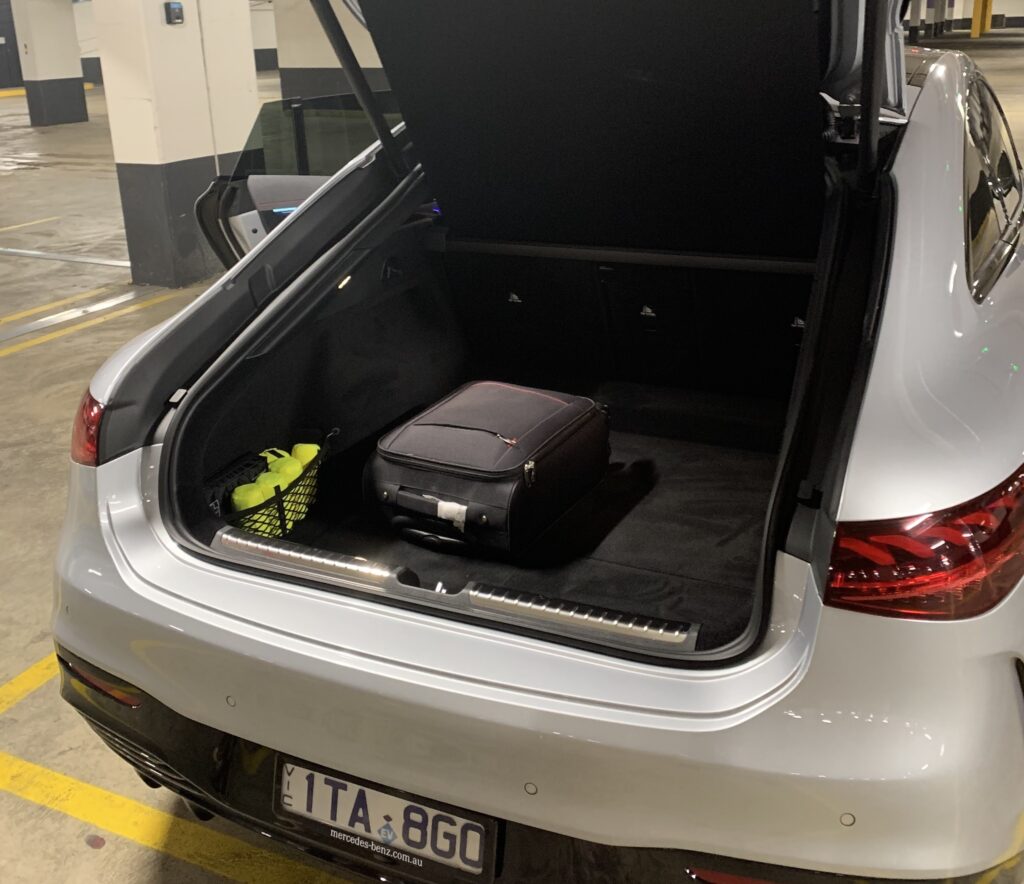
Afflicted as I am with single-phase power only, however, I can muster a mere 7kW of charge from my wallbox.
READ MORE: ICE out as Mercedes-Benz plans all-electric range by 2030
READ MORE: The end of range anxiety… Mercedes-Ben Vision EQXX to deliver 1200km range
After I had muscled the Chargefox machine at Goulburn into the port of my enormous and enormously expensive Mercedes-AMG EQS53 4Matic, however, it hummed, vibrated and volted its way up to 96kW, promising to refill my vast 107.8kWh lithium-ion battery in barely three shakes of a lamb’s tail, or one decent “food” break at the McDonald’s across the road.
Sure, the charger’s screen was broken, which scared me at first, and yes, it should be able to charge at 150kW, but to be honest, I was just so thrilled to be charging at all that it felt revelatory (the battery was around 50 percent state of charge, whereas you typically need to be closer to 10 percent to experience max charging). Indeed, this was the one entirely happy, unstressed, how-good-is-this-EV-thing moment of my whole trip from Sydney to Canberra in a vehicle with not quite enough range (511km on the WLTP, or 587km on the ADR or Fairy Land standard) to make such extravagance possible.

Why would anyone go to Canberra? It’s a good question, but I was inspired not only by my daughter’s desire to visit Questacon but a less-obvious driver – a story about a TikTokTwit who’d attempted the same trip and been totally drained, broken and compelled to complain endlessly by how difficult it was.
Stories about this TikTok were sent to me by many of the EV-deniers who haunt me online – the same ones who think climate change is just weather, it would be nice if summer was a bit warmer anyway, and windmills are blowing 5G chips up all of our rectums.
How hard could it actually be, I thought? I charged up fully the day before, and was offered 497km of range, which was 487km by morning, but I still felt confident. Then, as Goulburn approached, I had a crisis of confidence – I’d somehow used 230km to go 200km, and I began playing all the horror stories I’d heard about finding all the chargers full, or broken, in my head.
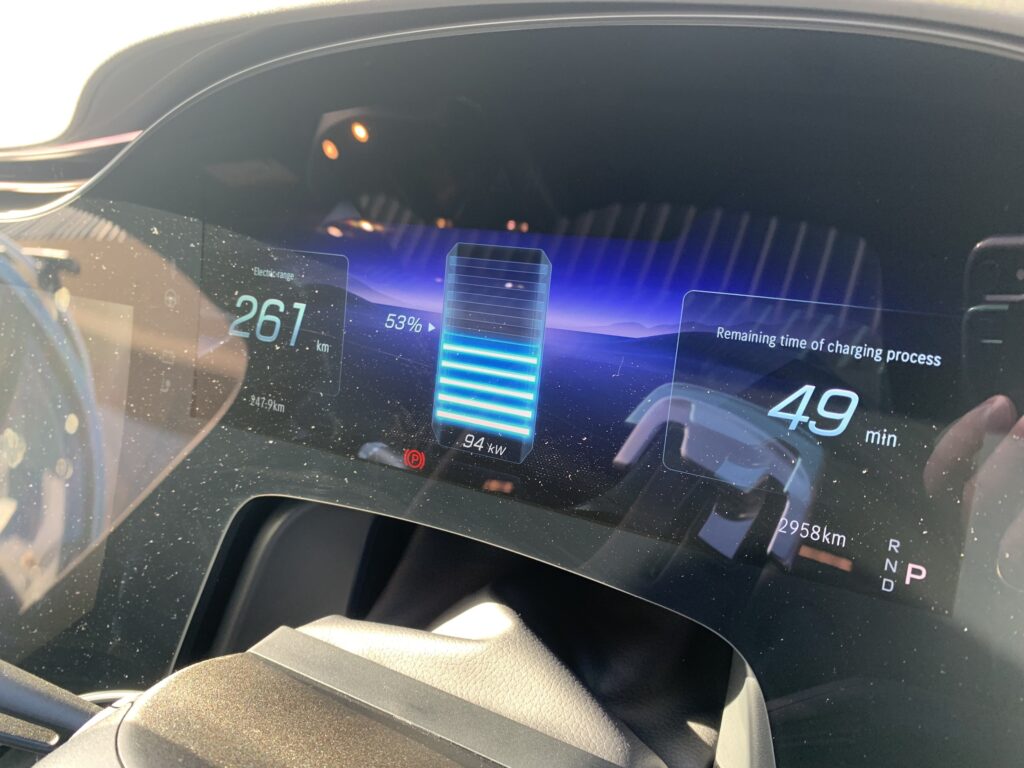
We had a hard deadline for Questacon entry, I had a small but combustible human in the car who could explode if we missed it, and Canberra didn’t seem to be as full of charging options as I’d hoped. What if? What IF?
So, finding the charger free (one on either side was occupied) was exciting enough, then seeing that it had piled on 200km in 21 minutes, was very exciting. I felt assured that all would be well, so much so that I risked some precious battery charge over the next day exploring just how on Earth a car that’s longer than a LandCruiser (5.2m) and heavier than a London bus (2.65 tonnes) could possibly accelerate from 0 to 100km/h in 3.8 seconds. It uses two motors, one on each axle, for a total of 484kW and 950Nm, which really are supercar-like figures, which would have no place in a quiet, luxe limo like the Mercedes-Benz EQS, except that this one has an AMG badge and is thus designed to be deeply silly.
Frankly, I’m surprised there wasn’t exhibit about the EQS’s ability to bend space, time, your stomach, the laws of physics and all that seems probable at Questacon. (Nor were there any EV chargers in the car park, despite the building talking itself up about its many, many solar panels.)
It was, of course, depressingly, almost dangerously cold overnight in Canberra, which probably didn’t help the battery, but did help encourage me to leave as soon as possible.
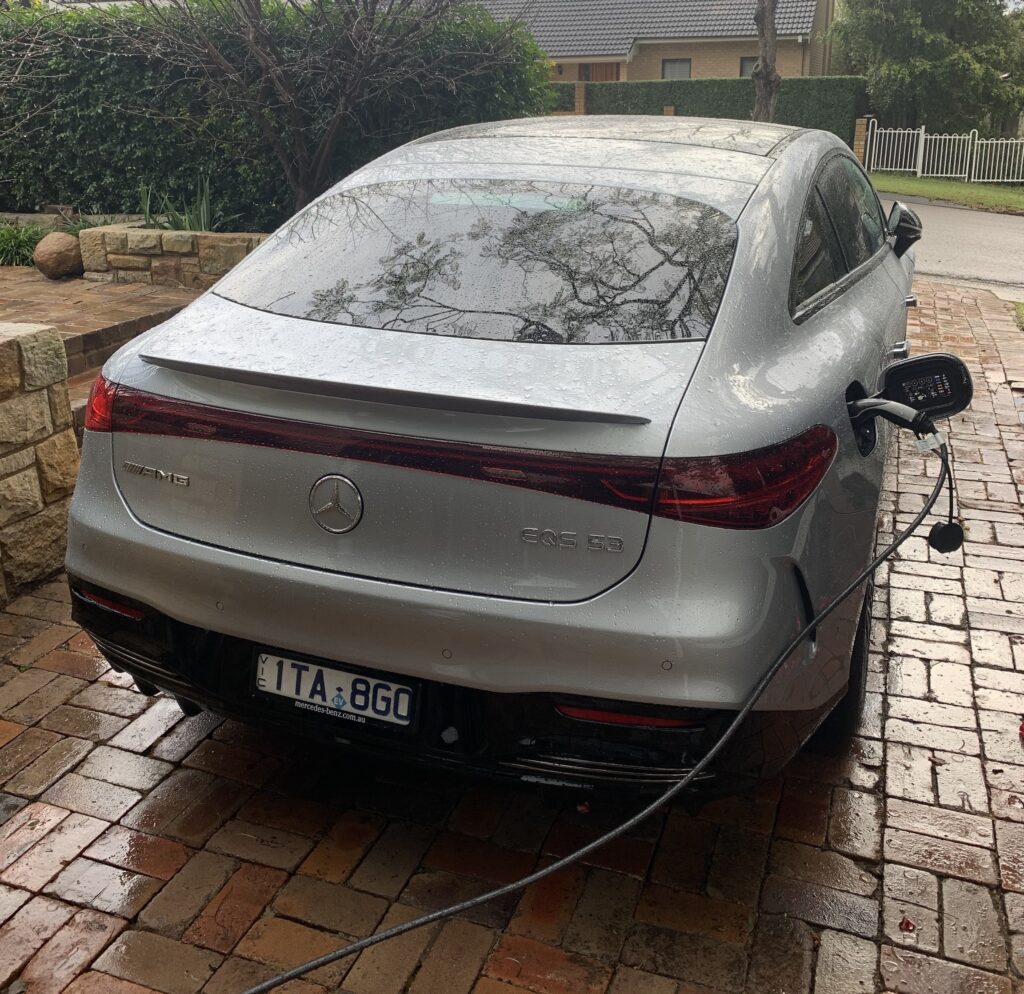
The range relaxation I had built up the day before quickly turned to more typical anxiety as I noticed, just outside Canberra, that I had 280km to the pathetic, piddling charger attached to my house and a predicted 312km of range. On the face of it, that seems fine, but recall the way range fell off the predicted figure on the way out of Sydney and you’ll understand why I felt compelled to turn off the massage seats (oh yes, I suffered for this story, people), and you’ll see why I was gripping the wheel like someone trying to pass a particularly difficult equation they’ve accidentally swallowed.
I was watching the two figures obsessively, and cursing the fact that I don’t know where there’s a single charger at the edge of Sydney, the kind of emergency top-up stations that will one day be as common as Golden Arches and $3.60 cans of Coke at service stations.
Things were grim, and I was at the mercy of the EQS’s Predictive Range Algorithm, which was obviously not in a mood to give me false hope, nor a relaxing, anxiety-free run.
Somehow, a roadside stop for urination and hot mini donuts (not at the same time), turned the mood, and slowly, surely it started to look like I would make the destination with something left in the battery.
And then the computers really started messing with my mind (keep in mind that the destination distance was being calculated by Apple CarPlay, not the car’s sat-nav, so it didn’t know, surely, how close I was to home), as it began to pile kays onto my predicted range. Now I felt angry about being worried for no reason, almost as angry as how the whole journey made me about the lack of chargers in Australia and how this should be, could be so much easier.
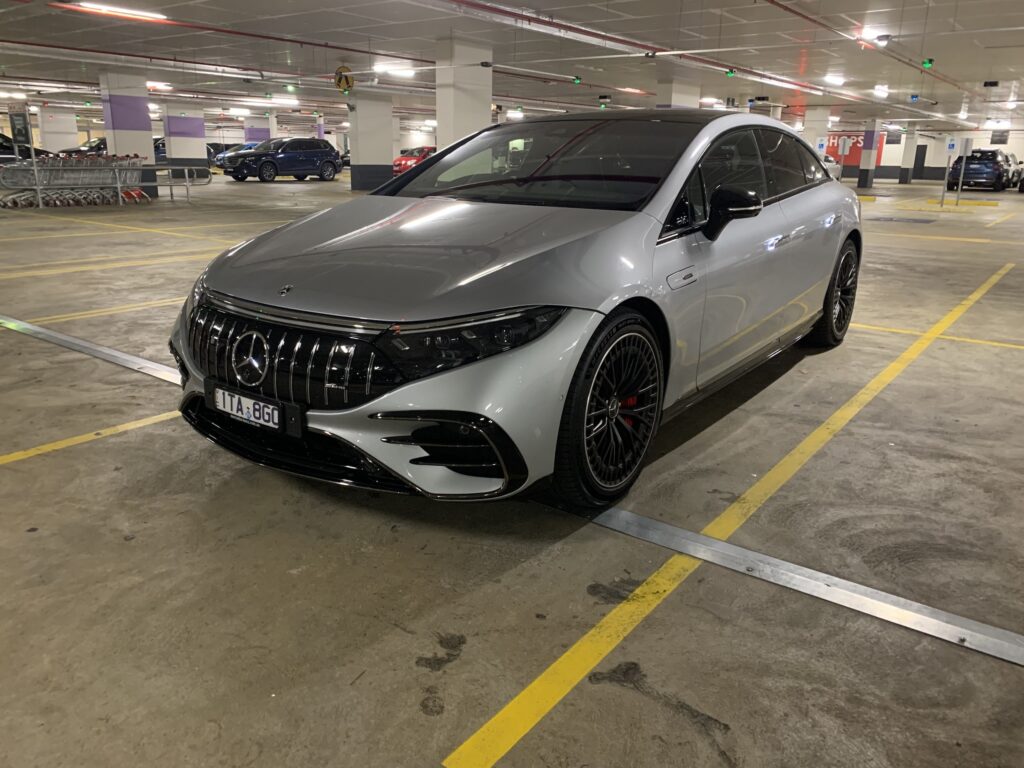
By the time I got home, I had driven 580km, and had 105km of range left, with just one recharge stop, of 21 minutes, to add 200km of range.
On paper, the experience was simple, went completely to plan, and was a total success. I also enjoyed the car enormously, because it is properly plus and pleasant, although I couldn’t quite get my head around the $328,400 plus on-road costs price tag (the cheapest one currently being offered by Mercedes-Benz Australia’s fixed price online store is about $348,000 drive-away).
In actual fact, however, I felt far more anxious than I’d wanted to – my whole plan was to prove how easy it would be.
For this, and everything else, I blame TikTok.

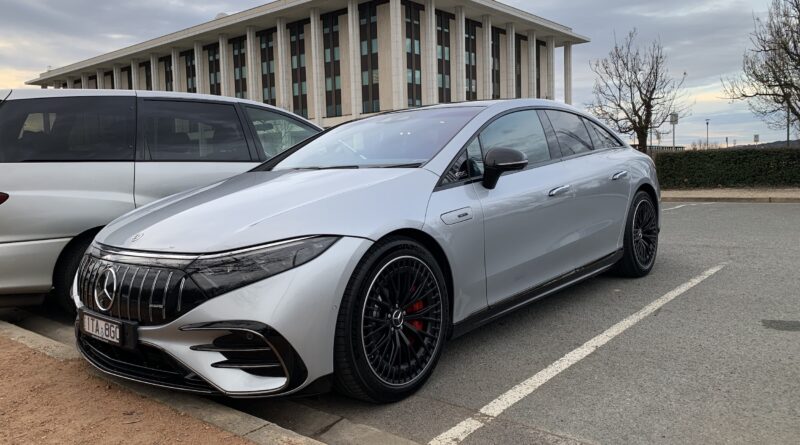
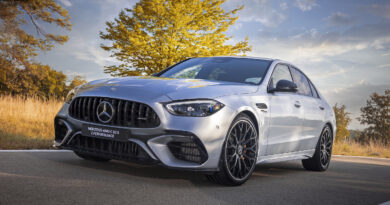

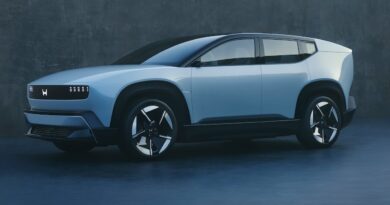
Good review Stephen,
Your candid appraisal is appreciated.
How quiet is the EQS on coarse blue-metal roads?
My M3 LR here in Tas. isn’t that much quieter than a Skoda vRS wagon on 18″s.